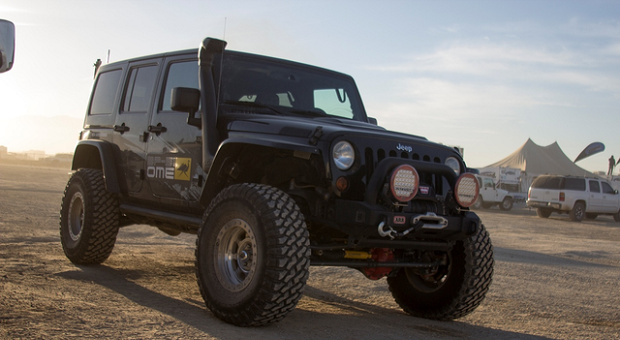
As our exploration of off-roading continues, we get into something that’s a little subjective. The body and chassis are two things the beginner should consider when building their rig. Will the stock body fit the wheels and tires you choose? Can you simply roll the fenders and get room that way? Should you go with fender extensions for a full fiberglass body part? When do you need a rollcage? Can you get away with just a bedcage and roll hoop? Should you think about the brakes? We’ll give you a few ins and outs on the body and chassis from an off-road point of view.

The body of a truck or off-road rig can be a very subjective subject because people have their own ideas of how their truck or rig should look. A crawler will dovetail or fully remove the fenders so the tires won’t rub to gain more articulation. A prerunner fan will want a body that looks like it’s ready to go racing in to the Baja, but without the inconvenience of a four-pin, lift off hood or front end. A street runner will be happy with a set of fender extensions or even just pulling the fenders to clear a set of wheels and tires that are a little bigger than stock. It’s all opinion-based, and somewhat specialized for the duty the vehicle is going to see.
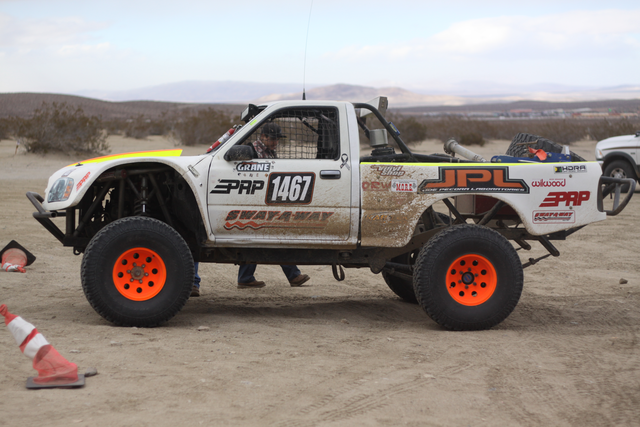
Fiberglass fenders have the advantage of sometimes being lighter than stock, and they are easy to repair if damaged. You don’t need a hammer and anvil to bang dents out, as the fiberglass will usually flex. If it flexes to the point of breaking, repair is nearly as simple as sanding and applying new resin. In the very worst cases, you must get some fiberglass mat and do a full patch with the resin, but that’s not loud or that specialized. Yes, you can still get it wrong, but for most damages to fiberglass, the repair is simple.
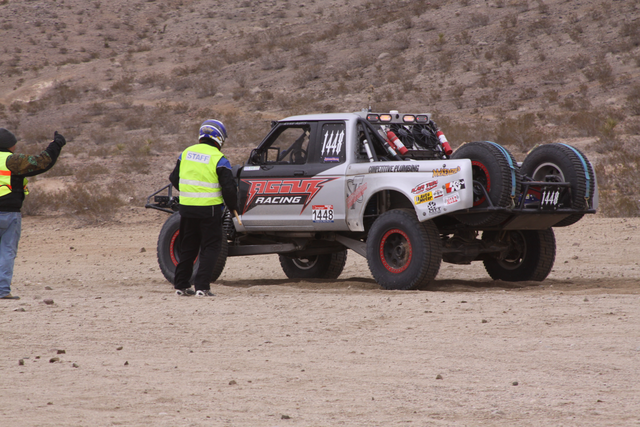
If that still puts you off, pulling your fenders out is another option if the width of the new wheels and tires doesn’t exceed the fender line too much. Rolling the fender for extra clearance is a relatively easy task if you have the special rolling tool, which can usually be found for rent. It can also push the fenders out a bit more, but you won’t get anything too extreme without major body damage or modification. That’s where the bolt-on fender extensions come in handy. The easiest of those just use two-sided emblem tape to attach; the more difficult ones require that you drill into the body to attach them. However, they will keep you legal in states that require you to keep your tires under a fender or its extension, and without needing special skills or tools to get it done.
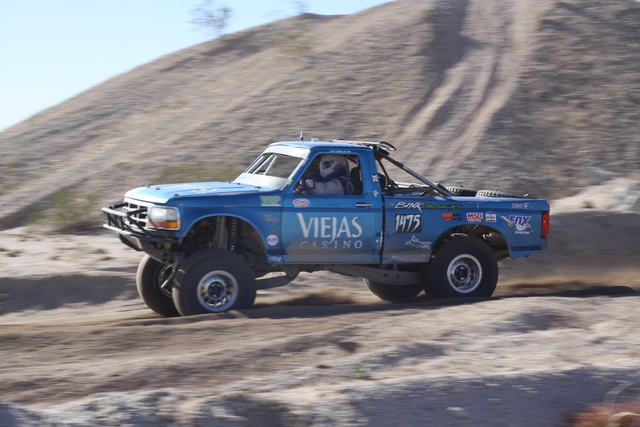
With bigger wheels and tires you gain more than just ground clearance and more traction – you also gain more rotational mass. Asphalt guys normally worry about this because they are trying to slow their vehicles down from a very fast, race pace at a track and trying to put down as much power as possible. Having a heavy wheel and tire combination makes both difficult to achieve. More mass to stop or start rotating means you need more force in both directions. Yes, you can see this difference on a dyno going from a steel wheel to a cast aluminum wheel to a forged aluminum wheel. Same thing still happens with your off-road rig.
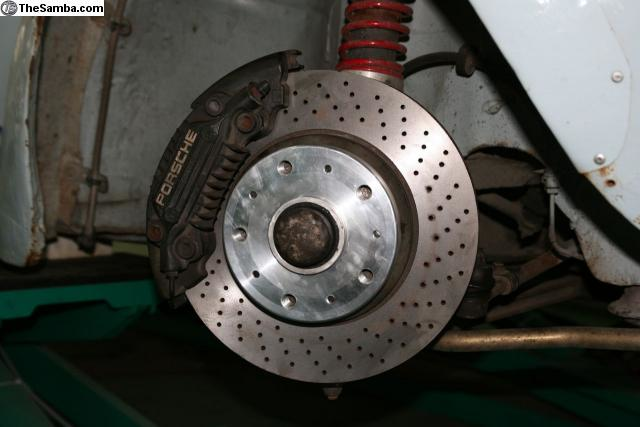
If you haven’t gone drastically larger – e.g. you have a thirty-inch tall tire with sixteen-inch cast aluminum wheels and have gone to a forty-inch tire with heavy twenty-two-inch wheels, but stayed with that sixteen-inch wheel to a thirty-six-inch tall tire – you might be able to get away with a more aggressive brake pad compound. However, if you went that crazy route, then you’re probably going to need more than just a pad change. If it’s available, you might be able to change out to a brake caliper with more pistons. Now, just changing out to something with more pistons doesn’t equate to ultimate performance. Reality is that more pistons apply more force provided the caliper piston area is also greater.

You could have over a hundred pistons in your caliper, but if the caliper piston area of those pistons is the same as the calipers you replaced, you haven’t made a worthwhile change at all. For example, if you have a twin-piston caliper fixed caliper with a piston on each side and each piston is one-and-half-inches, the square area of each of those pistons is 1.77-square inches. If you have a four-piston caliper and each piston is a one-inch, each piston would be .79-square-inch and have a total piston area of 1.58-square-inches on each side. Even though you have more pistons, you have less piston area and less force on that rotor. However, the trade-off is that the twin-piston caliper will require more pedal travel compared to the four-piston caliper if the master cylinder diameter and brake pedal ratio is the same between them. Any increase in caliper piston area alone will be accompanied by an increase in pedal travel. It is therefore possible to reduce piston size while increasing caliper stiffness and realize a net increase in clamping force applied. Typically, this leads to an improvement in pedal feel.
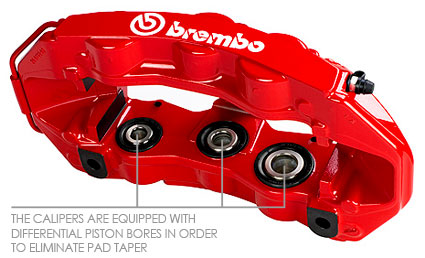
How about something not many would take into consideration: caging up their truck? Many modern trucks are designed to take roll overs and impacts far better than older vehicles, so unless you’re doing any type of hardcore racing, you don’t really need to worry about it. If you have changed how your suspension works, for example by going to a four-link rear on your leaf-spring truck, then something like a bed cage would be worth considering. This would allow you to mount your new coilovers and dampers in a more advantageous area on the chassis, or even allow you to just use a longer one.
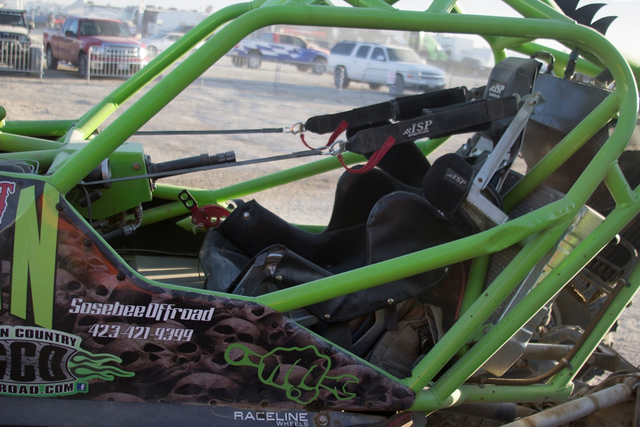
An “exo-cage” is something to consider on trucks and SUVs you’re thinking of using for hardcore crawling when you don’t want to have to deal with crunched up pillars or sheet metal. However, if you’re racing, you need a cage with proper roll and side impact protection. Most sanctioning bodies won’t allow you to compete without it. If you’re running a prerunner, cage it and don’t risk it as you’re probably traveling at the same speeds as you would in your race truck.

The body and chassis require you to take some careful considerations when building your off-road vehicle. A daily driver with a wheel and tire change doesn’t need drastic improvements like a full fiberglass body with a roll cage and big racing calipers. However, if you’re planning on running near triple-digit speeds in the desert or doing any hardcore crawling, you’ll need full protection, better brakes and probably a body that better fits the equipment. If you plan it right, you can upgrade all of this as you go until you get something that’s just too much for the street.
Click to view slideshow.